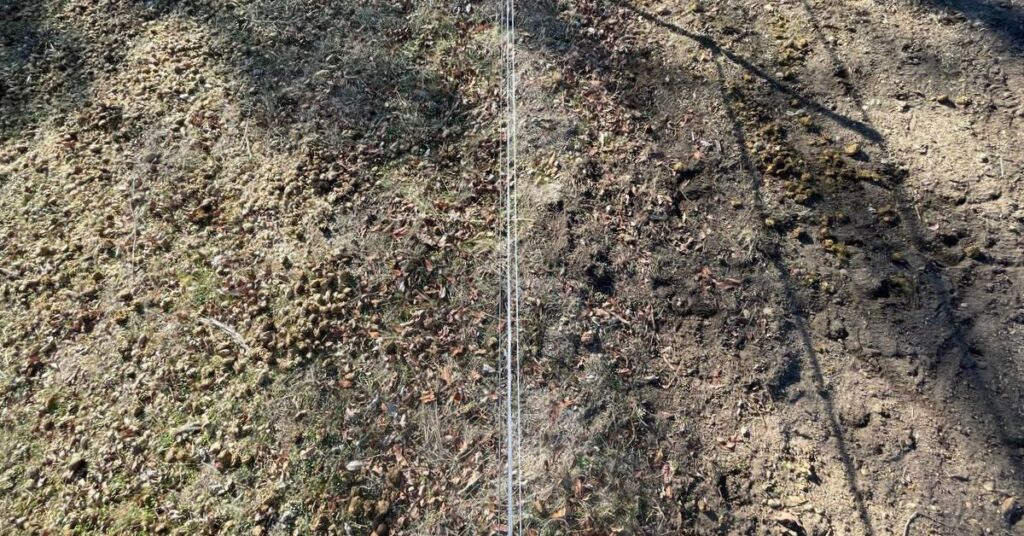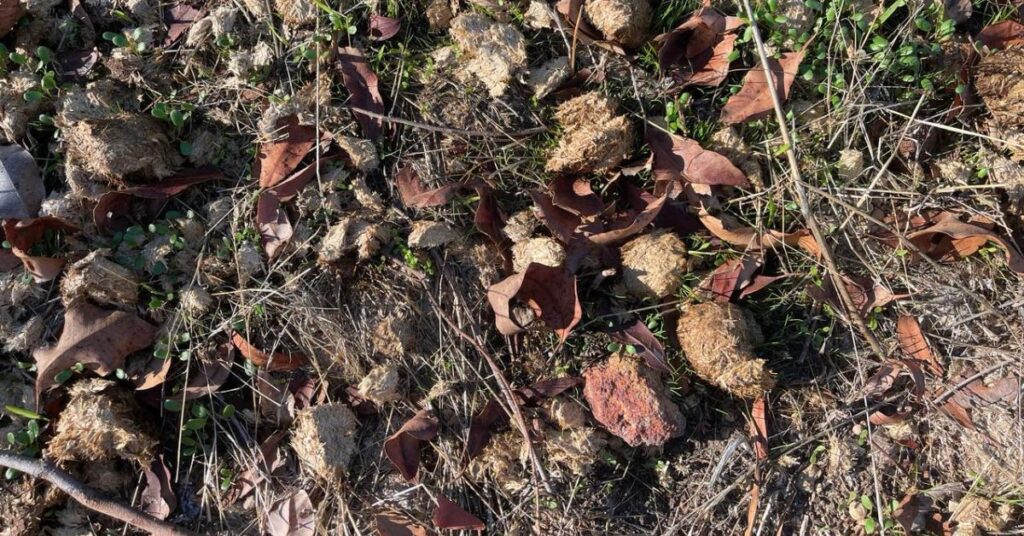Please be aware that I’m not a scientist, so what follows is a simplistic explanation of the principles as I understand them and as they apply to the climate of Western Australia.
In the previous article, we looked at how keeping horses on horse track systems might be better for horses in the long term than keeping them in a more traditional paddock setup. What we’re looking at in this article, is how this method of horse-keeping might also be better for the environment.
How much does climate change worry you?
There is no doubt in anyone’s mind that climate change is the biggest threat facing all of us.
For a lot of people, the sheer magnitude of the problem and their extremely limited control over most of it stops them from thinking about it too much. For others, a limited understanding of the fundamentals of the problem stop them from doing more than they could.
Horse owners, in particular, have the potential to make a bigger difference in one particular area than many realise and horse track systems are an important part of this.
A double-edged sword
There are two sides to the climate change problem. The first is that there’s currently more carbon in the atmosphere than there was before the increase in fossil fuel emissions starting in the Industrial Revolution and rising sharply from about the 1950’s onward. The second is a decline in the capacity of the natural structures designed to store carbon from the atmosphere.
For a basic explanation of carbon cycling, go here

The natural structures designed to store carbon
Carbon itself isn’t the problem, it’s an essential element for life. It exists in every organism on earth – alive or dead – and in the atmosphere around us in the form of carbon dioxide.
The carbon that’s not in the atmosphere is located in what are called carbon reservoirs or sinks, which have the job of holding onto that carbon so that it doesn’t make its way back into the atmosphere. There is a limited amount of carbon the atmosphere can cope with before the earth’s systems are disrupted in much the same way that the human body copes with alcohol.
The main carbon reservoirs are fossil fuel and rock deposits beneath the surface of the earth, the water in the oceans, all the plant life and animal life on earth, the frozen permafrost of the Arctic and Antarctic and the 6 feet or so of soil between the surface of the earth and the solid structures below it.
According to US soil biogeochemist Asefaw Berhe, the world’s soil holds onto twice as much carbon as all the vegetation on earth, so it seems an obvious place to start for a group of people like horse owners who collectively, are responsible for an awful lot of soil and materials with which to enrich it.
Listen to a podcast in which Asefaw Berhe describes the problem in more detail – highly recommended
A closer look at soil
Soil is made up of rock that’s been broken down through weathering, the residue of formerly living plants and animals, the roots of living plants and microbes.
Carbon is constantly being exchanged between the carbon reservoirs referred to above. For example, when plants photosynthesise, they take carbon in from the atmosphere and retain it within their structure. When those plants die and decompose in the soil, they return the same carbon to the soil.
When plant and animal matter is allowed to decompose in the soil, the microbes that live there, break the matter down, and in the process, return all the nutrients that the decomposing plants and animals took in while they were growing, to the soil for the next generation of plants to use.
The healthier the soil is, which is to say the more it is enriched with organic matter, both decomposing and alive in the form of diverse plant life, the more carbon it will have the capacity to take up and hold onto.
This is where horse owners come in
The cycling of carbon in this way is a lovely, circular system, but it comes with a big but.
For this to happen, we need to leave the decomposing material in place, avoid applying chemicals that will interfere with the process, and not unduly disturb the soil with tilling or traffic with the capacity to erode.
Like the pitter-patter of tiny and not-so-tiny hooves.
According to Berhe, from a carbon perspective, the worst thing we’ve all done to our soils is to till them, compact them, fertilise them, and allow them to become bare and degraded. Think of a big dusty paddock with livestock walking all over it or an immaculately tilled, irrigated and sprayed paddock full of single-species introduced grass and you’ve got the idea.
How this relates to horse owners
Horse owners here in Western Australia at least, seem to be divided into two camps where soil and pasture are concerned. One camp actively develops their soil through spraying, tilling, seeding, fertilising and irrigating, and the other half ignore their soil altogether and allow their paddocks to become bare and eroded.
Both groups are unintentionally doing harm in their own ways, but the good news is that if everyone realised just how valuable small changes could be in the fight against climate change, it’s incredible to think about how much could be achieved.
It’s not just me who thinks this is a good idea
Although most horse owners I talk to are unfamiliar with the concept of horse track systems, even fewer seem to have heard of the established concept of equicentral systems. These are the progression of horse track systems where the ‘insides’ of the tracks are actively developed as described above.
By returning organic matter to the soil, allowing grasses to develop stable root structures and then managing grazing in those areas in conjuction with track areas to avoid compression and erosion, landowners can effectively create a massive surface area capable of sequestering carbon (the technical term for removing carbon from the atmosphere) while creating species-appropriate environments for their horses.
Find out more about equicentral systems
The same concept is being embraced in commercial farming circles.
For many years right here in Australia, academics, farmers and industry have been actively exploring and implementing concepts like ‘controlled traffic farming’, ‘conservation agriculture’ and ‘no-till’ agriculture in commercial agriculture.
These each have a different focus but they all come to the same thing, which is to limit the disturbance and compaction of soil.
Find out more about controlled traffic farming
Where to start
Regardless of the current setup of your property, the place to start is to identify a degraded or bare area of your property that you can start improving.

You will need to be able to restrict access to that area and keep all horses off it for the foreseeable future. The next step is to start putting manure that’s picked up from around the property in that area together with any spilled hay or sawdust from stables. Tipped out and roughly spread around in a fairly deep layer is fine and you can continue doing this until the entire area has been covered.
In Western Australia, autumn and early winter are the perfect times to start doing this because you’ll see an almost immediate result, with little shoots of green starting to spring up around the organic matter that you’ve spread around.
By the time there’s a good, substantial cover of green all over the area, you can let a small number of horses in for a limited amount of time. Enough time to trim the grass but not so much time that they can disturb the roots, either with their eating or their hooves. If your horses aren’t able to have grass, you can mow the area down and leave it as is.
Even by the end of a hot summer with no irrigation, the area may be brown and not look like much but if you’ve managed access to the area, you’ll notice a network of roots and stubble covering the soil completely.
Over time, the same principle, as well as other developments, like seeding a variety of grasses, can be applied to all the paddock areas of your property, and this is where the horse tracks come in. By having the ability to keep horses off your paddock areas some of the time while still keeping them moving, you’re not only helping to keep your horses healthy, you’re well on your way to becoming a bona fide carbon farmer!
Next to your precious land and willing manure production team, your most important asset will be a willingness to be open to the idea of slow but steady progress in a new, environmentally friendly direction.

